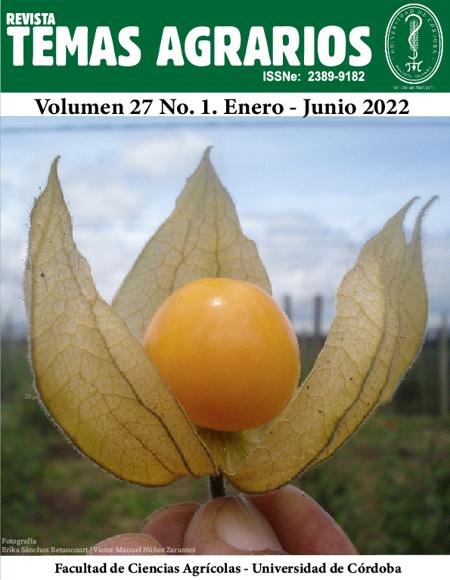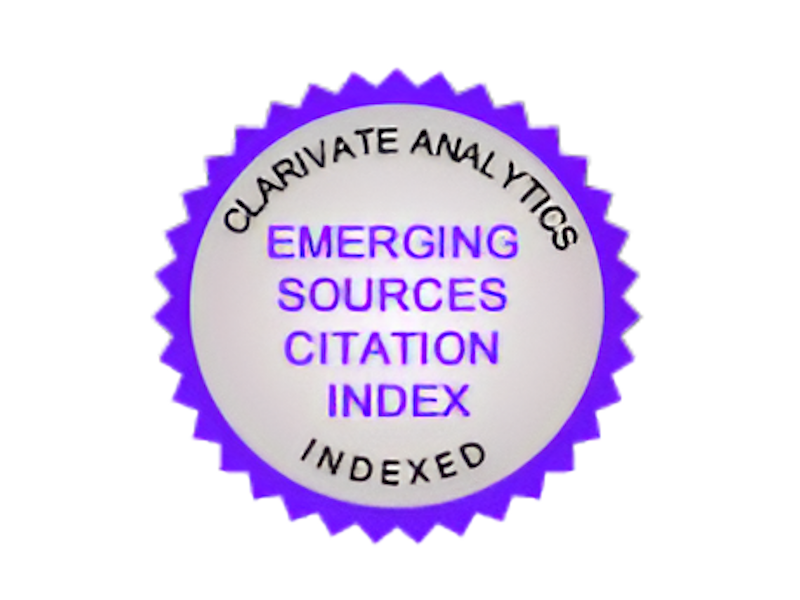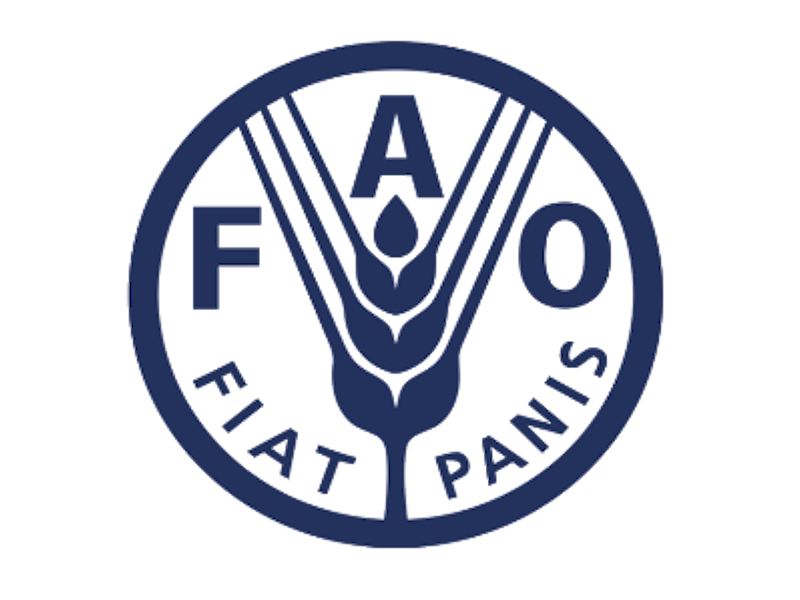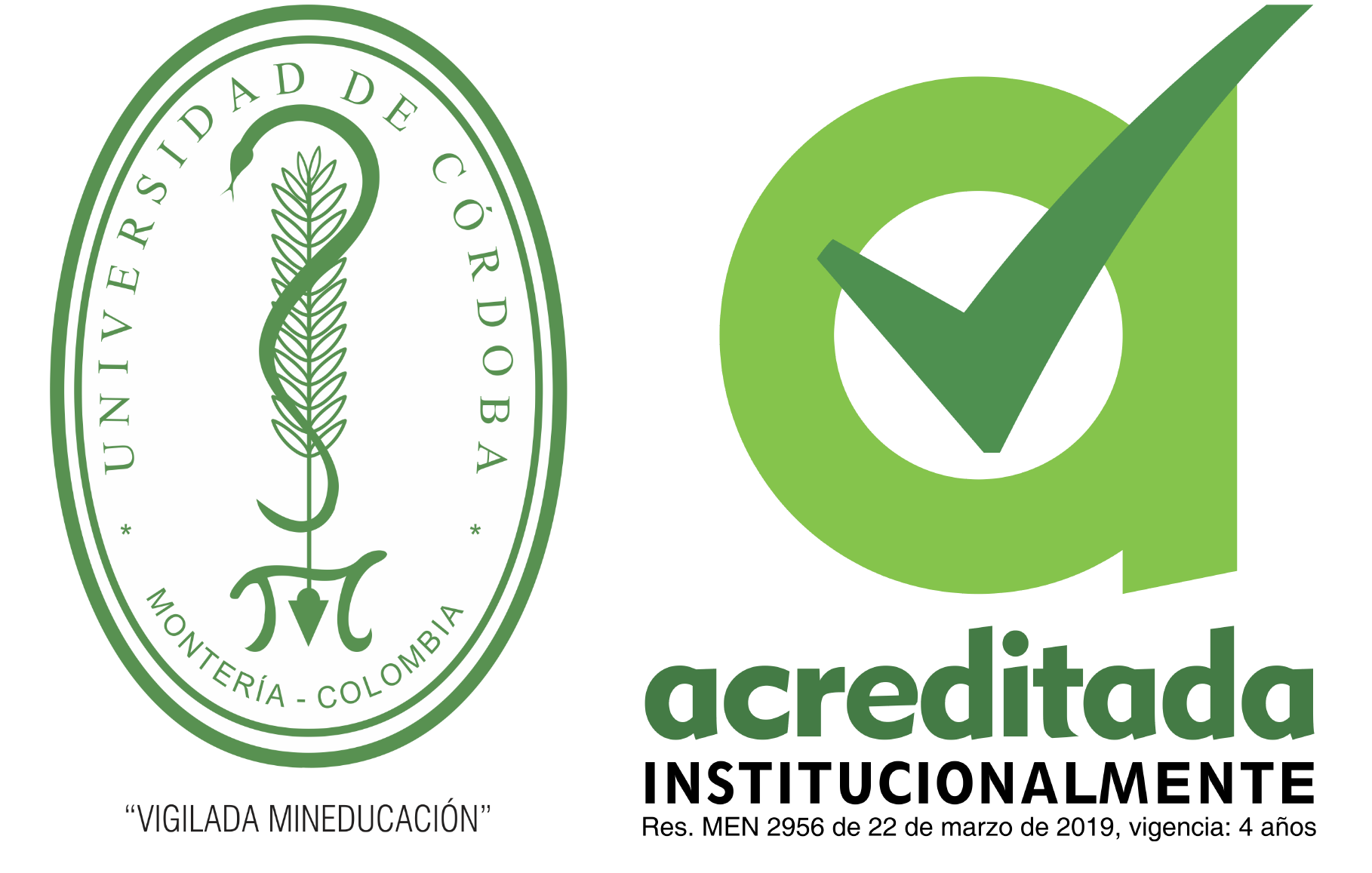Cría del insecto herbífago Tarachidia candefacta Hubn. en un medio nutritivo artificial para suprimir el desarrollo de las plantas de Ambrosia artemisiifolia L
Breeding of the herbifagic insect Tarachidia candefacta Hubn. on an artificial nutrient medium to suppress the development of Ambrosia artemisiifolia L plants

Esta obra está bajo una licencia internacional Creative Commons Atribución-NoComercial 4.0.
Mostrar biografía de los autores
La ambrosía (Ambrosia artemisiifolia L.) es una especie vegetal invasora del continente americano, que ha penetrado activamente en las comunidades vegetales, desplazando especies locales de vegetación cultivada y maleza. La ambrosía no solo es un competidor de las plantas cultivadas y las malas hierbas, sino que también causa enfermedades alérgicas. La polilla de la ambrosía (Tarachidia candefacta Hbn.) fue importada de Canadá como agente biológico para el control de la ambrosía para controlar el desarrollo y la distribución de la ambrosía. Utilizamos el método de liberación masiva de herbífagos en agrocenosis durante el período de emergencia de la ambrosía, lo que implica un cambio artificial en la fenofase del bioagente, que se logró mediante una dilución masiva temprana en un medio nutritivo artificial (ANM) en condiciones de laboratorio. Para el cultivo de la polilla de la ambrosía se mejoró el ANM al agregar leche en polvo como fuente de proteína y vitaminas a la composición, lo que permitió mejorar la calidad del ambiente y mejorar los indicadores biológicos del desarrollo del bioagente. La sustitución del germen de trigo por harina de soya en ANM permitió obtener un alimento balanceado en composición proteica y aminoacídica para el cultivo de herbófagos. Como resultado de la investigación, se desarrolló un método de colonización de la polilla de la ambrosía, basado en el cultivo masivo temprano de herbifagos en una formulación mejorada de ANM y la liberación de T. candefacta al comienzo de la temporada de crecimiento de la maleza que permitió suprimir su crecimiento a la mitad.
Visitas del artículo 376 | Visitas PDF
Descargas
- Agasyeva, I.S., Fedorenko, E.V., Ismailov, V. Y. and Ermolenko S.A. 2017. Method for the production of a nutrient medium for breeding the ragweed moth Tarachidia candefacta Hubn. Patent of Russia No. 2628793, Bull. No. 24.
- Agnew, M., Banic, I., Lake, I.R., Goodess, C., Grossi, C.M., Jones, N.R., Plavec, D., Epstein, M. and Turkalj, M. 2018. Modifiable Risk Factors for Common Ragweed (Ambrosia artemisiifolia) Allergy and Disease in Children: A Case-Control Study. International Journal of Environmental Research and Public Health 7: 1339. https://doi.org/10.3390/ijerph15071339
- Barnes, E.R., Knezevic, S.Z., Sikkema, P.H., Lindquist, J.L., Jhala, A.J. 2017. Control of Glyphosate-Resistant Common Ragweed (Ambrosia artemisiifolia L.) in Glufosinate-Resistant Soybean [Glycine max (L.) Merr]. Frontiers in Plant Science 8: 1455. https://doi.org/10.3389/fpls.2017.01455
- Basse, I.J. and Crompton, C.W. 1975. The biology of Canadian weeds Ambrosia artemisiifolia L. and A. psilostachya DC. Crompton Canadian Journal of Plant Science 55: 463–476.
- Baysinger, J.A. and Sims, B.D. 1991. Giant ragweed (Ambrosia trifida L.) interference in soybeans (Glycine max), Weed Science 3: 358–362
- Bonini, M., Šikoparij, B., Skjøt, C.A., Cislaghi, G., Colombo, P., Testoni, C. and Smith M. 2018. Ambrosia pollen source inventory for Italy: a multi-purpose tool to assess the impact of the ragweed leaf beetle (Ophraella communa LeSage) on populations of its host plant. International Journal of Biometeorology 4: 597-608. doi: 10.1007/s00484-017-1469-z
- Chen, K.W., Marusciac, L., Tamas, P.T., Valenta R. and Panaitescu, C. 2018. Ragweed Pollen Allergy: Burden, Characteristics, and Management of an Imported Allergen Source in Europe. International Archives of Allergy and Immunology 176: 163-180. https://link.springer.com/article/10.1007/s00484-017-1469-z
- Esipenko, L.P. 2016. An adventive weed of American origin Ambrosia artemisiifolia L. as a source of allergy in the South of Russia and promising methods for its suppression, Proceedings of the Kuban Agrarian University 58: 112-120.
- Fukano, Y. and Yahara T. 2012. Changes in defense of an alien plant Ambrosia artemisiifolia before and after the invasion of a native specialist enemy Ophraella communa. Public Library of Science One 7: 11. https://doi.org/10.1371/journal.pone.0049114
- Gentili, R., Asero, R., Caronni, S., Guarino, M., Montagnani, C., Mistrello, G. and Citterio, S. 2019. Ambrosia artemisiifolia L. temperature-responsive traits influencing the prevalence and severity of pollinosis: a study in controlled conditions. BMC Plant Biology 1: 155. https://bmcplantbiol.biomedcentral.com/articles/10.1186/s12870-019-1762-6
- Goeden, R.D., Palmer, W.A. and Scott R.R. 1995. Lessons learned from studies of the insects associated with Ambrosiinae. In North America in relation to the biological control of weedy members of this group, International Symposium on Biological Control of Weeds - Canterbury, New Zealand. pp. 565-573.
- Harrison, S., Regnier, E., Schmoll, J., and Webb, J. 2001. Competition and fecundity of giant ragweed in corn. Weed Science 2: 224-229.
- Kovale, O. V. and Samus, V.I. 1972. Biology of the moth Tarachidia candefacta Hubn and the prospects for controlling ragweed, Agricultural biology 2: 281-284.
- Kovalev, O.V. 1981 Introduction and acclimatization of ragweed phytophages (Ambrosia L., Asteraceae) in the USSR, Aspects of general entomology 63: 31-32.
- Kovalev, O.V. and Runeva, T.D. 1970. Tarachidia candefacta Hubn. (Noctuidae, Lepidoptera) moth is a promising phytophage in biological control of Ambrosia L (Compositae) weeds. Entomological Review 49: 26-36.
- Lake, I.R., Jones, N.R., Agnew, M., Goodess, C.M., Giorgi, F., Hamaoui-Laguel, L., Semenov, M.A., Solmon, F., Storkey, J., Vautard, R. and Epstein, M.M. 2017. Climate Change and Future Pollen Allergy in Europe. Environment Health Perspect. 3: 385-391. https://doi.org/10.1289/EHP173
- Matishov, G.G. 2011. Biological methods of controlling ragweed in anthropogenic phytocenoses of the south of Russia. pp. 139
- Moskalenko, G.P. 2001. Quarantine weeds of Russia. M.: Rosgoskarantin, pp. 280
- Nagy, E., Hegedűs, G., Taller, J., Kutasy, B. and Virág, E. 2017. Illumina sequencing of the chloroplast genome of common ragweed (Ambrosia artemisiifolia L.). Data Brief. https://doi.org/10.1016/j.dib.2017.10.009
- Scalone, R., Lemke, A., Štefanić, E., Kolseth, A.K., Rašić, S. and Andersson, L. 2016. Phenological Variation in Ambrosia artemisiifolia L. Facilitates Near Future Establishment at Northern Latitudes, Public Library of Science One 11. https://doi.org/10.1371/journal.pone.0166510
- Smith, M., Cecchi, L., Skjøth, C.A., Karrer, G. and Šikoparija, B. 2013. Common ragweed: a threat to environmental health in Europe. Environment International 61: 115-26. https://doi.org/10.1016/j.envint.2013.08.005




















